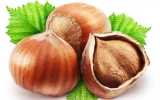The Top 10 Largest Producer of Hazelnuts
Understanding the top producers of hazelnuts gives insight into the agricultural, economic, and environmental aspects that affect the availability of these nuts. With that, let's find out in this article the top 10 world's largest producers of hazelnuts.
Turkey is responsible for a significant majority of the world's hazelnut supply. It is closely followed by other nations, such as Italy, Azerbaijan, Georgia, Iran, Spain, Algeria, France, and Greece. Countries in the United States also contribute to hazelnut production, with Oregon being the powerhouse.
In Turkey, the cultivation of hazelnuts is a practice deeply woven into the region's agricultural fabric, particularly in the provinces along the Black Sea coast. As you read further, you'll discover what makes these countries favorable for hazelnut cultivation.
Summary
- Turkey dominates the global hazelnut market with a 75% contribution to the world hazelnut supply, attributed to the country's favorable climate and investment in research and modern farming practices.
- Italy is the second largest producer of high-quality hazelnuts, contributing 15% of the world hazelnut production, thanks to the country's expertise in hazelnut production stemming from its tradition of cultivation, commitment to sustainable farming practices, and focus on product quality and value-added processing.
- Azerbaijan is an emerging producer of hazelnuts globally, rising with a 6.7% contribution, attributed to the country's favorable climatic conditions, suitable soil quality, and government support contributing to its growing industry.
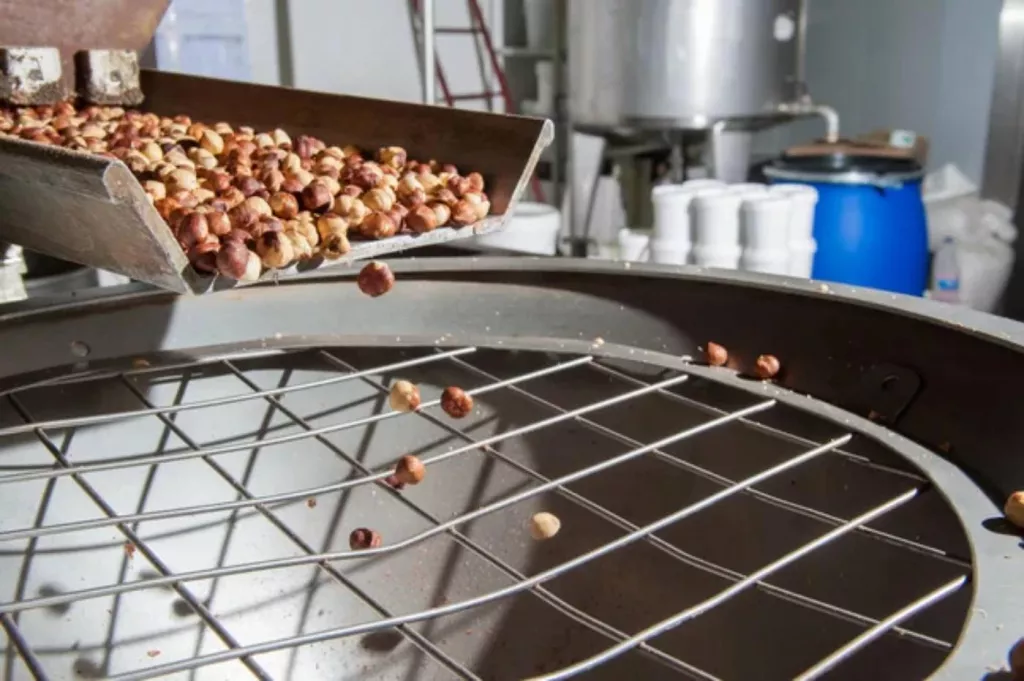
On this page:
World's Largest Producers of Hazelnuts
The table below showcases the estimated percentage contribution and metric tons of hazelnuts produced per year by the top hazelnut-producing countries:
| Country | Estimated Percentage Contribution | Metric Tons Produced per Year |
|---|---|---|
| Turkey | 75% | 660,000 |
| Italy | 15% | 130,000 |
| Azerbaijan | 6.7% | 53,793 |
| United States | 5% | 44,000 |
| Georgia | 2% | 17,600 |
| Iran | 0.5% | 4,400 |
| Spain | 0.3% | 2,640 |
| Algeria | 0.1% | 880 |
| France | 0.1% | 880 |
| Greece | 0.1% | 880 |
Turkey is the largest producer of hazelnuts worldwide
Turkey is the largest producer of hazelnuts worldwide, accounting for approximately 75% of the global supply. The country's Black Sea region, particularly the provinces of Ordu, Giresun, and Trabzon, is well-suited for hazelnut cultivation due to its mild climate, abundant rainfall, and fertile soil.
The Turkish hazelnut industry plays a crucial role in the country's economy, providing employment for thousands of people and contributing significantly to export revenues. The hazelnut sector is a vital source of income for local farmers, and many families in the region are involved in hazelnut cultivation and processing.
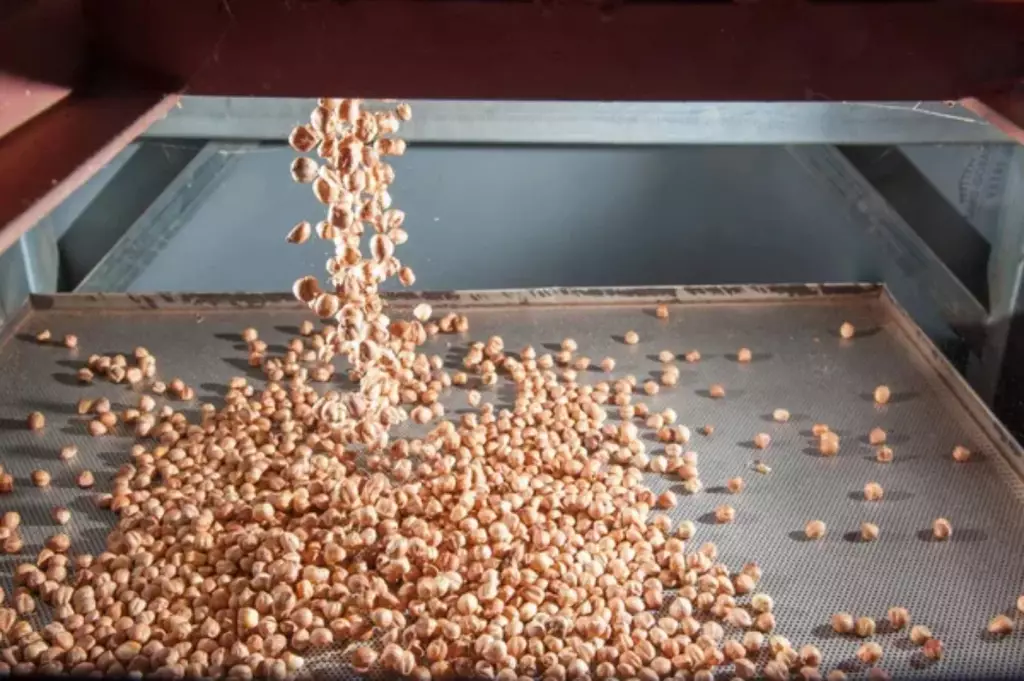
Turkey's dominance in hazelnut production is also attributed to its investment in research and development, as well as the implementation of modern agricultural practices.
The government and industry organizations have focused on improving the quality and yield of hazelnuts through technological advancements and sustainable farming methods.
Furthermore, Turkey has established itself as a key player in the global hazelnut market by consistently meeting the demand for high-quality hazelnuts.
The country's strategic position as a leading supplier has allowed it to maintain strong trade relations with various international markets, further solidifying its position as the top producer of hazelnuts worldwide.
Italy is the second largest producer of high-quality hazelnuts
Italy is the second largest producer of hazelnuts globally, accounting for approximately 12% of the world's supply. The country's favorable climate, particularly in the regions of Piedmont, Lombardy, and Emilia-Romagna, provides an ideal environment for hazelnut cultivation.
Italy's expertise in hazelnut production can be attributed to several factors:
Firstly, the tradition of hazelnut cultivation in Italy dates back centuries, and the knowledge and techniques for growing and harvesting hazelnuts have been passed down through generations.
Additionally, Italy's commitment to sustainable farming practices and agricultural innovation has played a significant role in maintaining its position as a top hazelnut producer.
The adoption of modern farming technologies, irrigation systems, and pest management strategies has enhanced the efficiency and yield of hazelnut crops.
Furthermore, Italy is renowned for its premium hazelnuts, particularly the Tonda Gentile delle Langhe variety, which is highly sought after for its superior flavor and texture. This variety of hazelnut trees is known to produce up to 35 pounds of hazelnuts per tree.
Moreover, Italy's strategic geographical location and well-established trade relationships have facilitated the export of its hazelnut products to various countries around the world.
Azerbaijan is the third largest producer of hazelnuts globally
Azerbaijan, located at the crossroads of Eastern Europe and Western Asia, is a country with a rich cultural heritage and a diverse economy. The country has made significant strides in various sectors, including hazelnut production.
Hazelnut production has indeed become a growing sector in Azerbaijan, with the country producing a substantial 53,793 tonnes annually. This has positioned Azerbaijan as the third largest producer of hazelnuts globally, highlighting the country's importance in the industry.
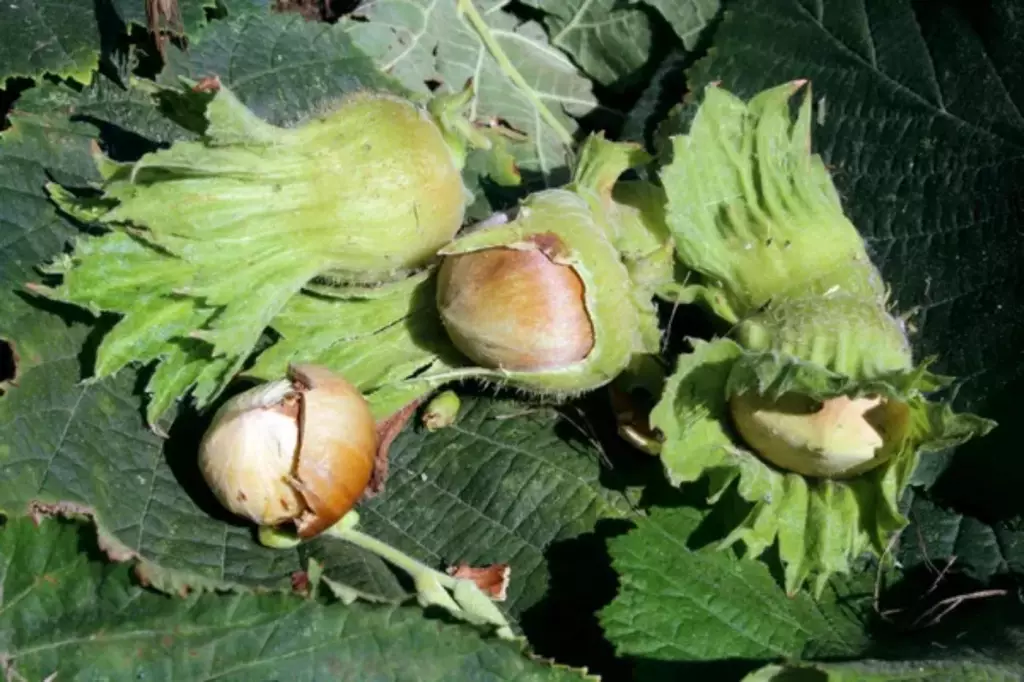
The growth of hazelnut production in Azerbaijan can be attributed to several factors, including favorable climatic conditions, suitable soil quality, and government support for agricultural development. The country's geographic location provides it with a conducive environment for hazelnut cultivation, as the climate and soil are well-suited for this crop.
Furthermore, Azerbaijan's focus on agricultural development and diversification has contributed to the expansion of the hazelnut industry.
The government has implemented policies to support and promote agricultural activities, including hazelnut cultivation, which has led to increased production and export potential.
The USA also largely contributes to hazelnut production
The United States holds a unique spot in hazelnut production, particularly due to Oregon's substantial contribution.
Oregon is the powerhouse of hazelnut production in the U.S.A., growing 99% of the country's supply. The Willamette Valley in Oregon, with its moderate climate influenced by the Pacific Ocean, provides the perfect conditions for hazelnuts. Your hazelnuts likely come from this lush valley.
Once harvested, Oregon's hazelnuts are processed and distributed efficiently. The state's facilities handle everything from shelling to roasting, ensuring quality nuts are sent to your table. Hazelnuts from here support both your favorite snacks and a broad range of products in the culinary world.
Georgia has been steadily gaining recognition for the quality of its hazelnuts
Situated in the Caucasus region, Georgia's favorable climate, particularly in the western part of the country, provides an optimal environment for hazelnut cultivation.
Many hazelnut farmers in Georgia have embraced eco-friendly and traditional agricultural practices, which have led to the production of high-quality, natural hazelnuts.
This emphasis on sustainable farming not only contributes to the superior flavor and nutritional profile of Georgian hazelnuts but also aligns with the growing global demand for organic and ethically sourced agricultural products.
Furthermore, Georgia's commitment to improving post-harvest processing and infrastructure has played a significant role in enhancing the market presence of its hazelnuts.
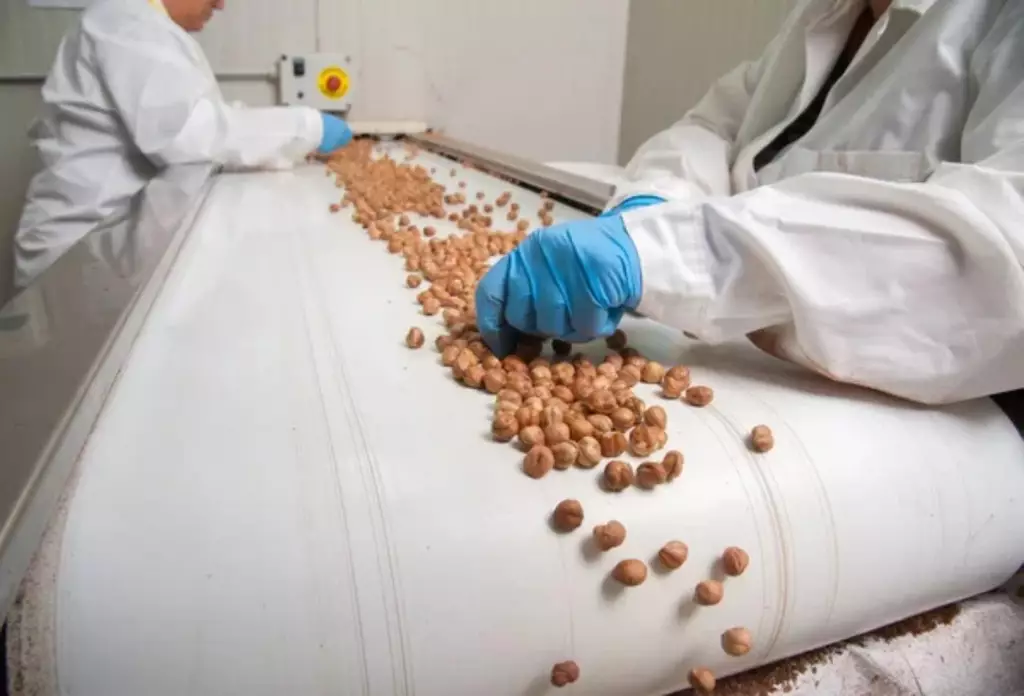
Investments in modern processing facilities and storage technologies have allowed Georgian hazelnut producers to maintain the freshness and quality of their products, meeting the stringent standards of international markets.
Moreover, the Georgian government's support for the hazelnut industry, including the implementation of agricultural development programs and incentives for farmers, has contributed to the overall improvement of hazelnut farming practices and the expansion of hazelnut cultivation areas.
Iran also makes a significant mark in the hazelnut production landscape
Iran's status as a top hazelnut producer can be attributed to several factors:
First and foremost, Iran benefits from a favorable climate along the Caspian Sea's shores, which provides ideal conditions for hazelnut cultivation. The moderate temperatures, ample sunshine, and sufficient moisture in this region create a conducive environment for hazelnut trees to thrive.
Furthermore, Iran's long tradition of agriculture and horticulture has contributed to the development of expertise in hazelnut cultivation. Generations of farmers have honed their skills in growing hazelnuts, utilizing traditional and modern farming techniques to maximize yields and quality.
Additionally, Iran's geographical location provides access to key markets in the Middle East, Europe, and Asia, enabling the country to export its hazelnut produce to a wide range of consumers. This strategic positioning has played a significant role in establishing Iran as a prominent player in the global hazelnut industry.
Spain is making its way to the global hazelnut market
Spain's position as one of the top producers of hazelnuts worldwide can be attributed to a combination of favorable climate and soil conditions, as well as significant investments in hazelnut production.
The country's ideal climate, particularly in regions like Catalonia and Castilla y León, provides the necessary conditions for successful hazelnut cultivation. The Mediterranean climate in these areas, characterized by hot, dry summers and mild, wet winters, is well-suited for hazelnut trees.
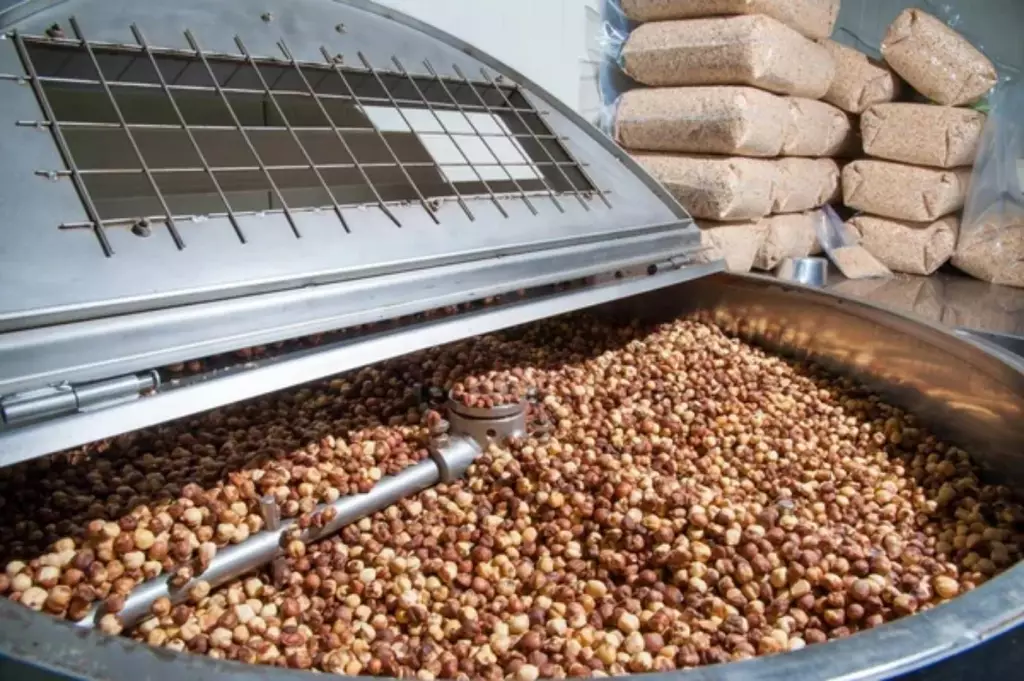
In addition to the climate, Spain's soil conditions in these regions are also conducive to hazelnut cultivation. The well-drained, fertile soils provide an optimal environment for hazelnut trees to thrive and produce high-quality nuts. These natural advantages have allowed Spain to establish itself as a major hazelnut producer on the global stage.
Aside from climate and soil conditions, you can find out more factors that affect the yield of hazelnuts in this article.
Furthermore, Spain's commitment to investing in hazelnut production has played a significant role in increasing output and solidifying its position in the global hazelnut market.
The implementation of modern agricultural practices, such as efficient irrigation systems and advanced cultivation techniques, has contributed to higher yields and improved quality of hazelnuts. Additionally, the use of technology and research to enhance productivity and sustainability has further bolstered Spain's hazelnut industry.
Algeria, France, and Greece are rising producers in the hazelnut industry
While these countries' individual contributions may be relatively small in terms of global production, the quality of the hazelnuts they produce is highly valued in the market.
These countries are known for their specific hazelnut varieties, which are prized for their taste, size, and overall quality. The hazelnuts from these regions are often sought after for use in premium products such as confectionery, pastries, and other culinary applications.
Additionally, these countries have a long history of hazelnut cultivation and expertise in growing and harvesting these nuts. Their favorable climate and soil conditions contribute to the unique flavor profile and quality of their hazelnuts.
Furthermore, these countries have established reputations for producing high-quality agricultural products, and their hazelnuts are no exception.

